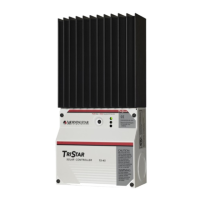
Do you have a question about the Morningstar TriStar TS-45 and is the answer not in the manual?
| Type | PWM |
|---|---|
| Rated Current | 45A |
| Operating Temperature | -40°C to 60°C |
| Protections | Short Circuit |
| Communication | RS-232 |
Details the available TriStar controller models and their specifications.
Explains the different ways the TriStar can function.
Describes how to configure TriStar settings via DIP switches or PC.
Provides information on the TriStar's applications and design.
Covers essential safety guidelines and compliance standards.
Lists and describes additional components for the TriStar.
Key points for controlling loads and lighting.
Configuration options for load disconnects and settings.
Explanation of diverting excess energy to a load.
Specifies the maximum current for diversion loads.
Outlines pre-set charging algorithms for diversion.
How to establish PC connectivity for settings.
Guide to operating the configuration software.
Basic diagnostic steps for system issues.
Details on VRLA, AGM, and Gel batteries.
Information on vented batteries for solar use.
Specifics on L-16 battery charging requirements.
Pre-installation considerations and environmental factors.
A summary of the installation process.
Detailed, step-by-step instructions for setting up the unit.
Instructions on physically attaching the TriStar to a surface.
Key duties for the user during operation.
Functions and usage of the unit's push-button interface.
Explanation of the Pulse Width Modulation charging method.
Important considerations for optimal battery charging.
Overview of default charging algorithms.
How environmental factors influence charging.
Details on the process of equalizing battery cells.
Explanation of the low-rate maintenance charging stage.
General considerations for load and lighting control.
Configuration options for load disconnects and settings.
Information on Low Voltage Disconnect alerts.
Explanation of diverting excess energy to a load.
Specifies the maximum current for diversion loads.
Outlines pre-set charging algorithms for diversion.
How to establish PC connectivity for settings.
Guide to operating the configuration software.
Modifying operational parameters via software.
Basic diagnostic steps for system issues.
Specific advice for solar charging problems.
Guidance for resolving load control issues.
Tips for diagnosing diversion control faults.
Details on VRLA, AGM, and Gel batteries.
Information on vented batteries for solar use.
Specifics on L-16 battery charging requirements.
Setting DIP switch 1 for load or lighting control mode.
Configuring system voltage using DIP switches 2 and 3.
Selecting load control algorithms via DIP switches 4,5,6.
Setting DIP switch 1 for diversion control mode.
Configuring system voltage using DIP switches 2 and 3.
Selecting diversion control algorithms via DIP switches 4,5,6.
LED patterns for general controller status changes.
LED indications for battery charge state.
LED patterns indicating controller faults and alarms.
LED indications for load control status.

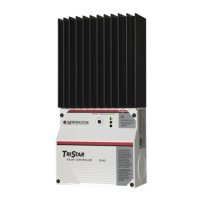

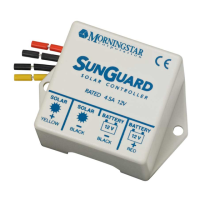
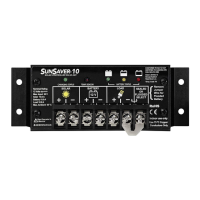
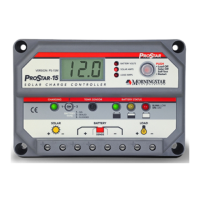

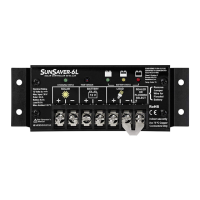


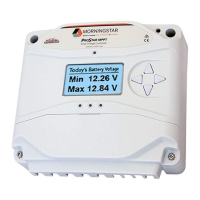
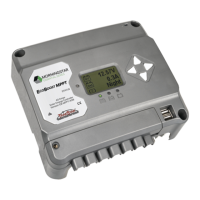
